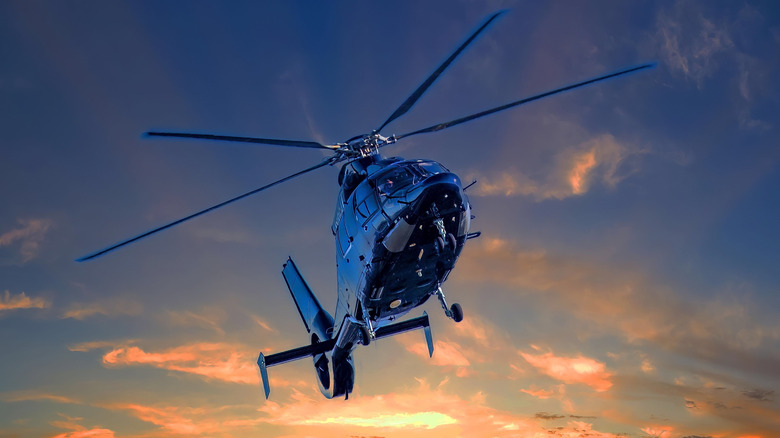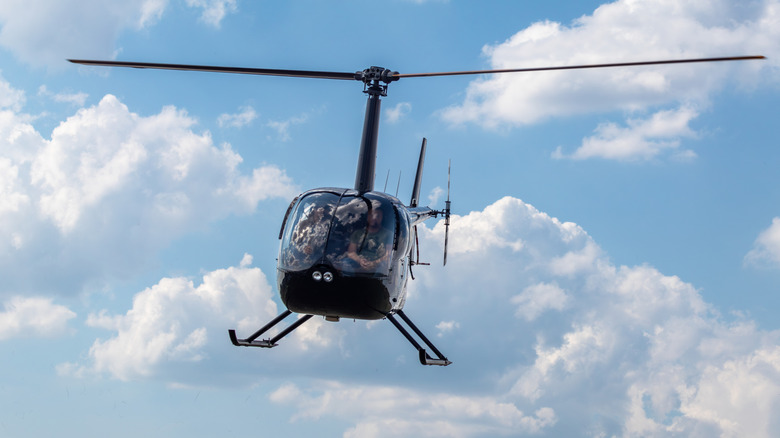What Does It Mean When A Helicopter Does A Quick Stop?
If you've ever seen a helicopter suddenly lose speed and just hover in place, you might've wondered what just happened. It's not pilot error, as that sharp maneuver, often done mid-flight, actually serves a very specific purpose.
A quick stop is when the helicopter quickly slows down from forward flight to a stationary hover. Pilots practice it to sharpen their control during sudden deceleration, in case they ever need to stop suddenly in real-world conditions, such as to cancel a takeoff or to avoid other aircraft in the helicopter's flightpath. Even with a helicopter's autopilot system, quick stops require a smooth mix of pitch, power, and pedal inputs to slow the aircraft without climbing, dropping, or drifting. The goal is to stay steady and controlled, even while making an abrupt change in speed or direction.
To make a quick stop, the pilot tilts the helicopter's nose up in a move called a flare. This helps slow the forward speed more smoothly. The spinning rotor blades keep the helicopter steady by providing lift even as it slows, and maintaining the rotor's speed is crucial to avoid losing control.
Helicopter quick stops can be risky if not done correctly
One common mistake pilots make during a quick stop is letting the helicopter drop too soon while slowing down. When the helicopter descends at this point, it moves into its own rotor wash, which can cause the aircraft to lose lift and drop suddenly. This also increases the risk of the tail rotor hitting the ground, which can cause serious damage. Only by keeping the helicopter level while slowing can a pilot avoid these problems.
Mistakes like these aren't just theoretical and can have real consequences. That was the case in 2021, when a Customs and Border Protection pilot lost control when performing a quick stop during a training flight. The helicopter started to yaw, or turn sideways, unexpectedly close to the ground, and when the instructor tried to correct it, some controls got turned off by mistake. That caused the helicopter to spin out and crash nose-first.
In situations where a quick stop feels too risky, pilots can perform a rejected takeoff instead. This maneuver offers a more controlled way to abort a takeoff early in the climb. Unlike a quick stop, a rejected takeoff involves maintaining a safe climb speed and altitude while deciding to stop the takeoff. The FAA emphasizes that pilots must understand the difference between these maneuvers because each one is suited to different situations.

